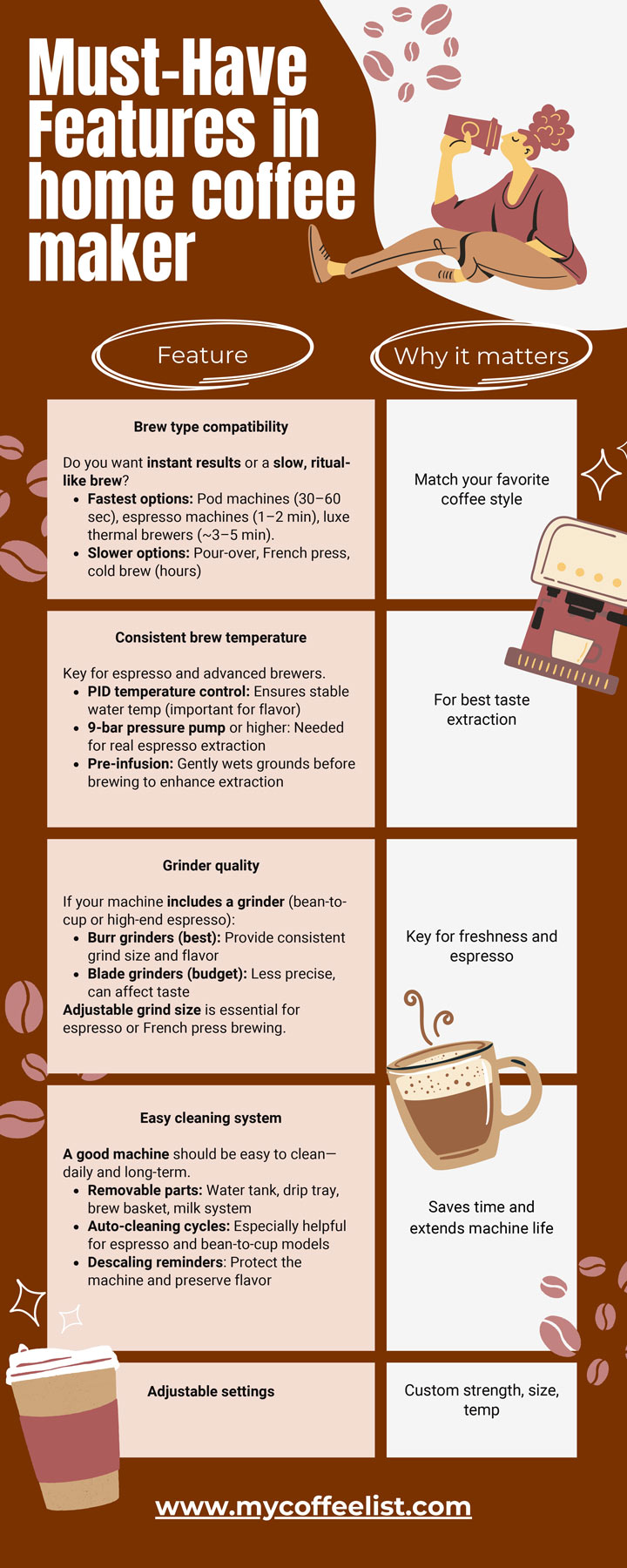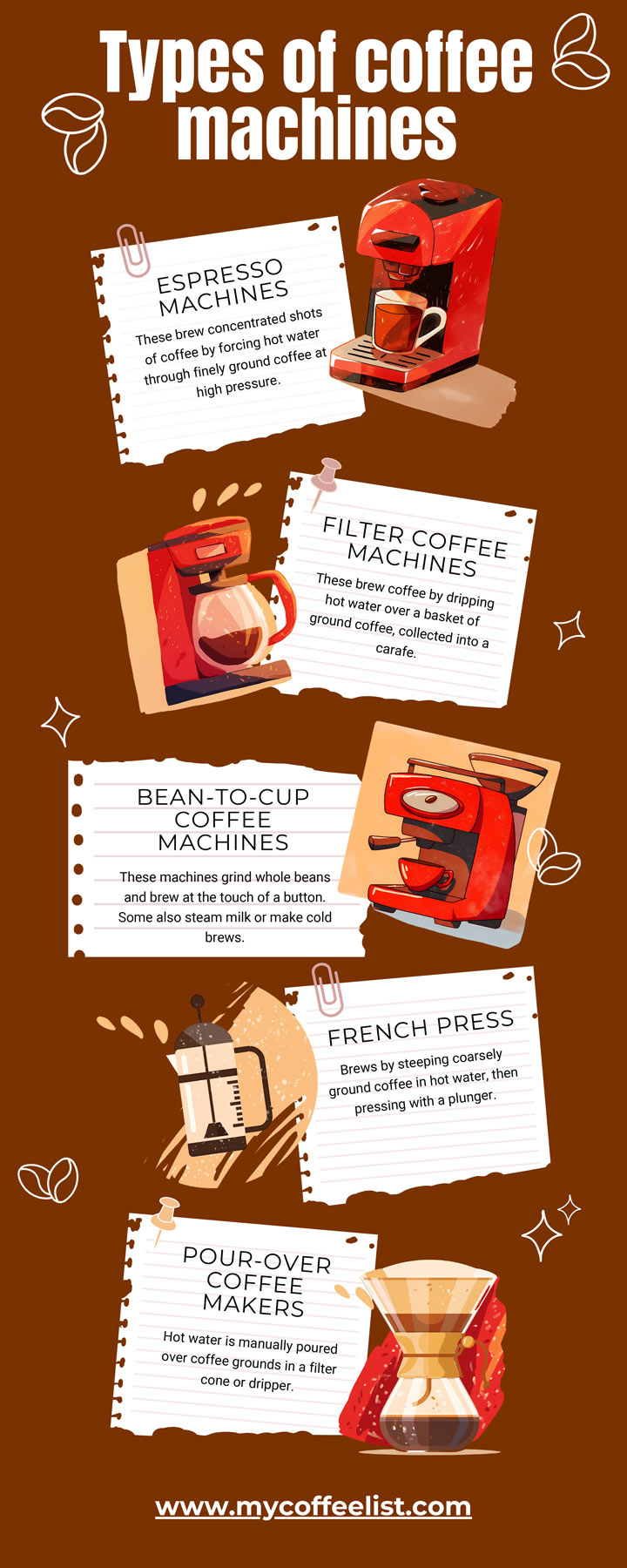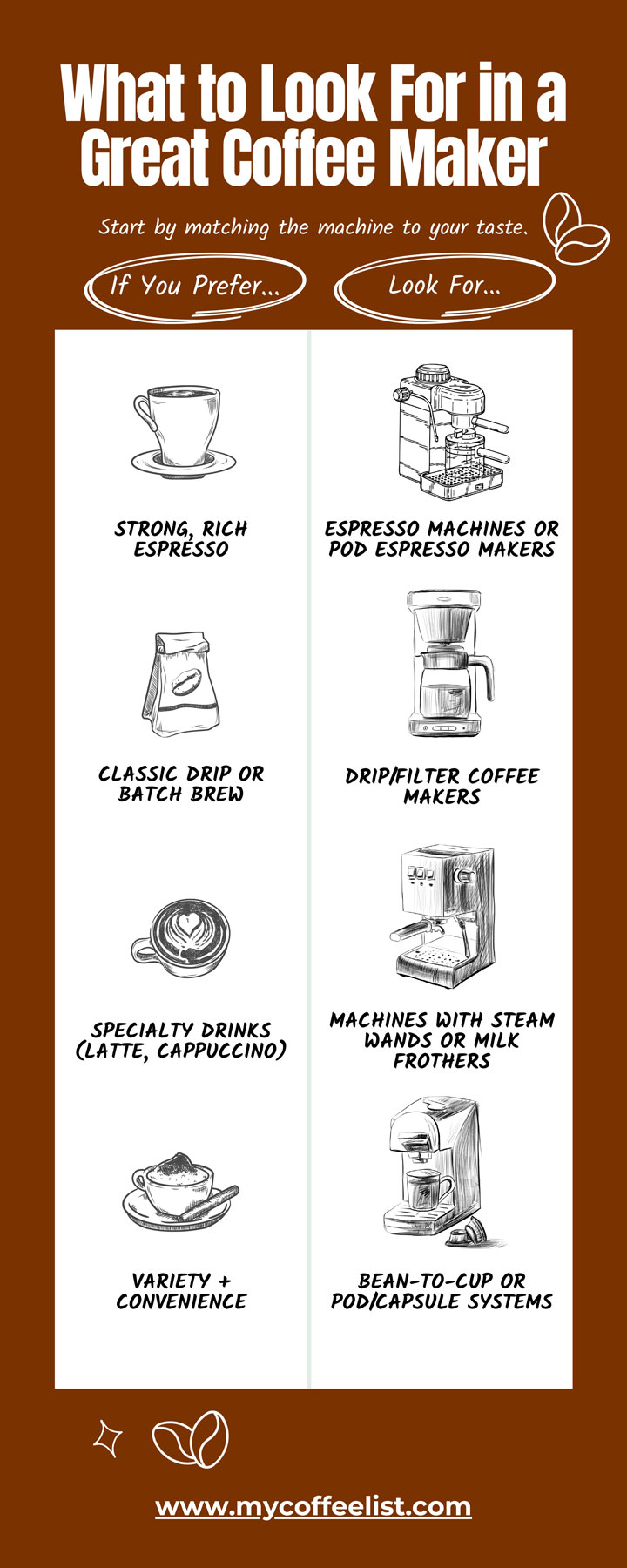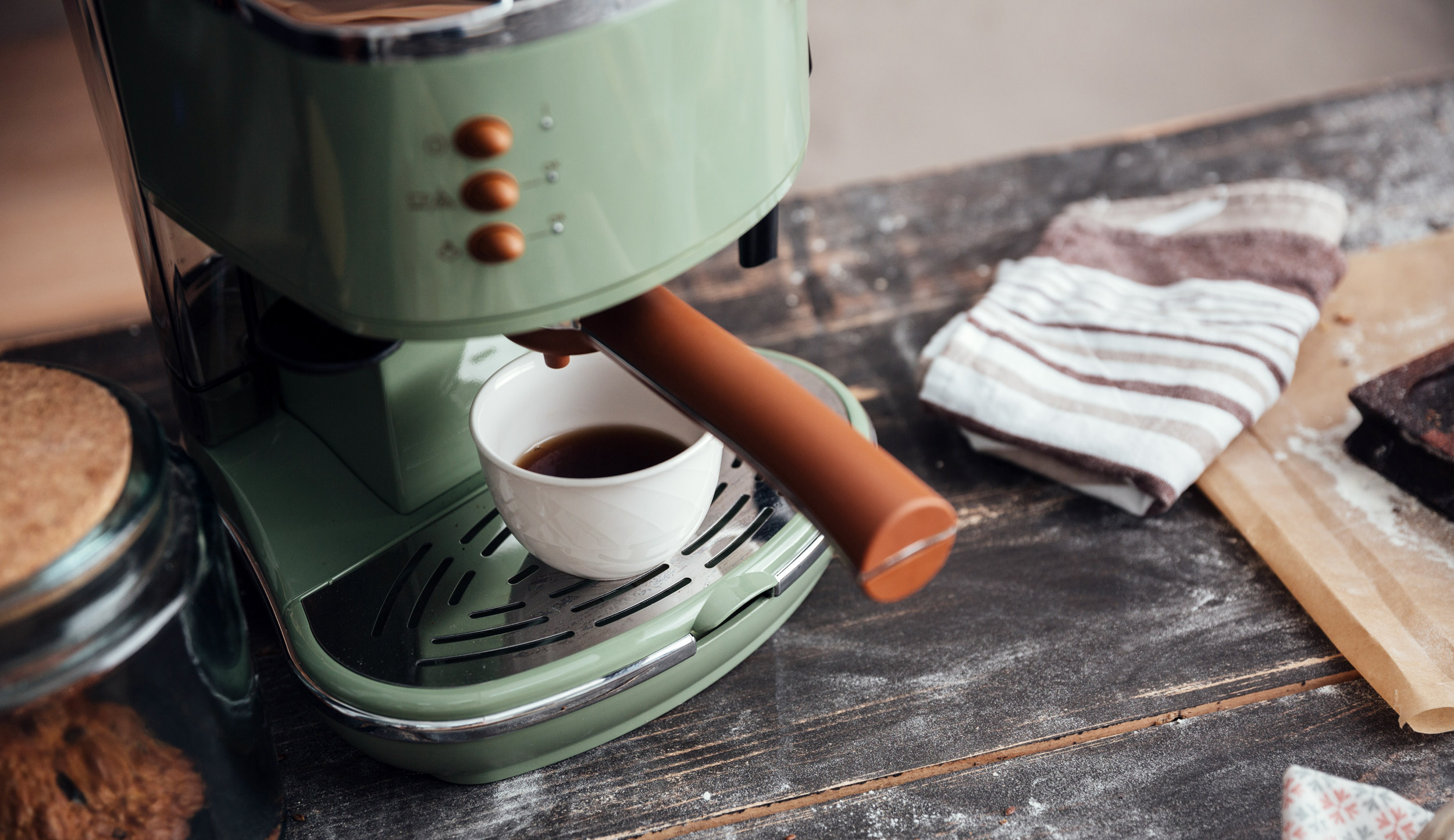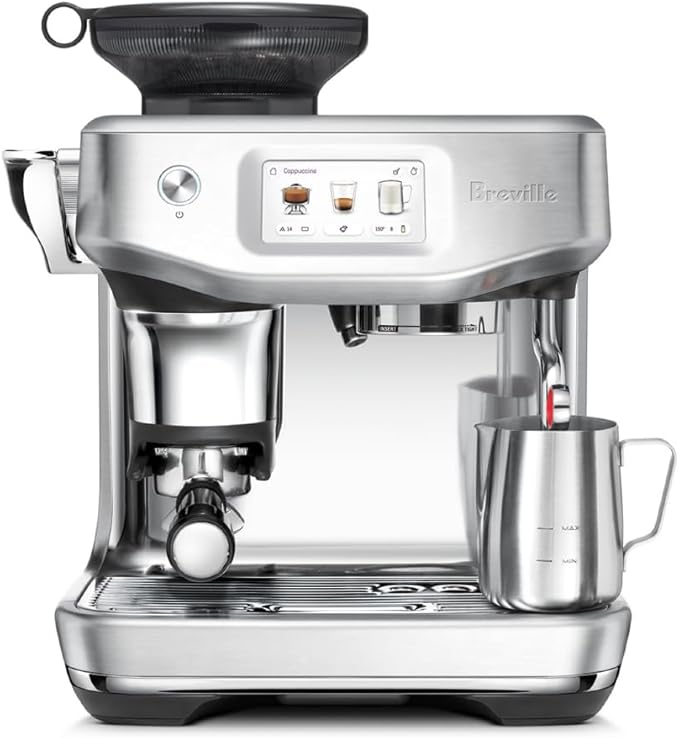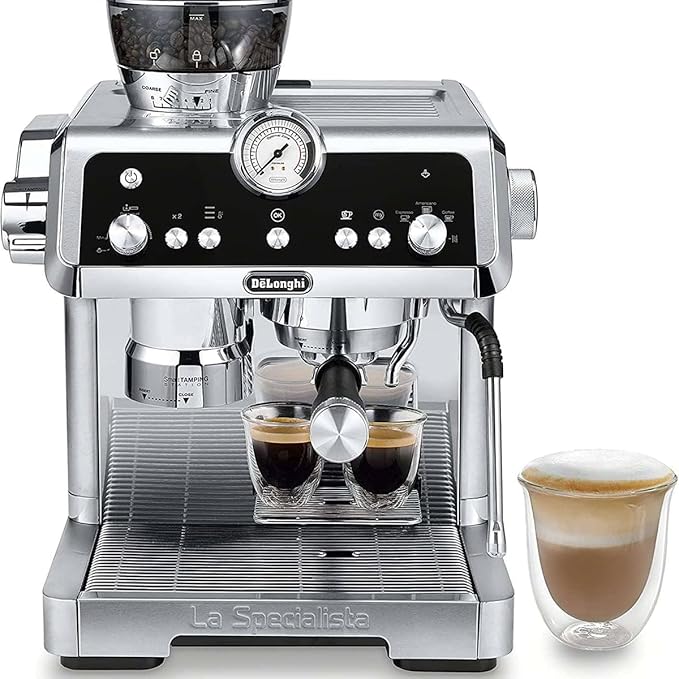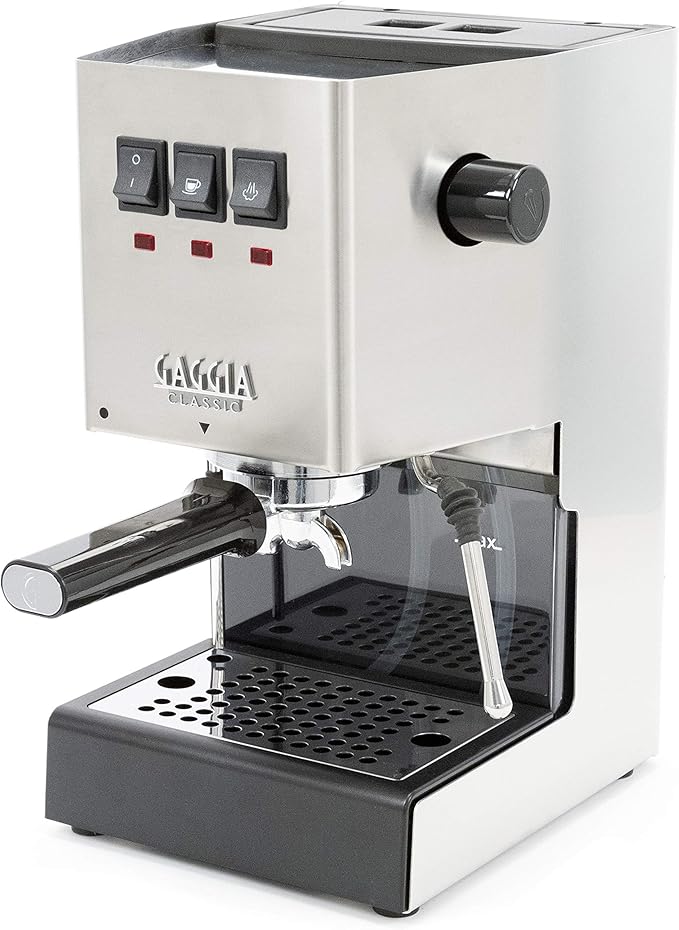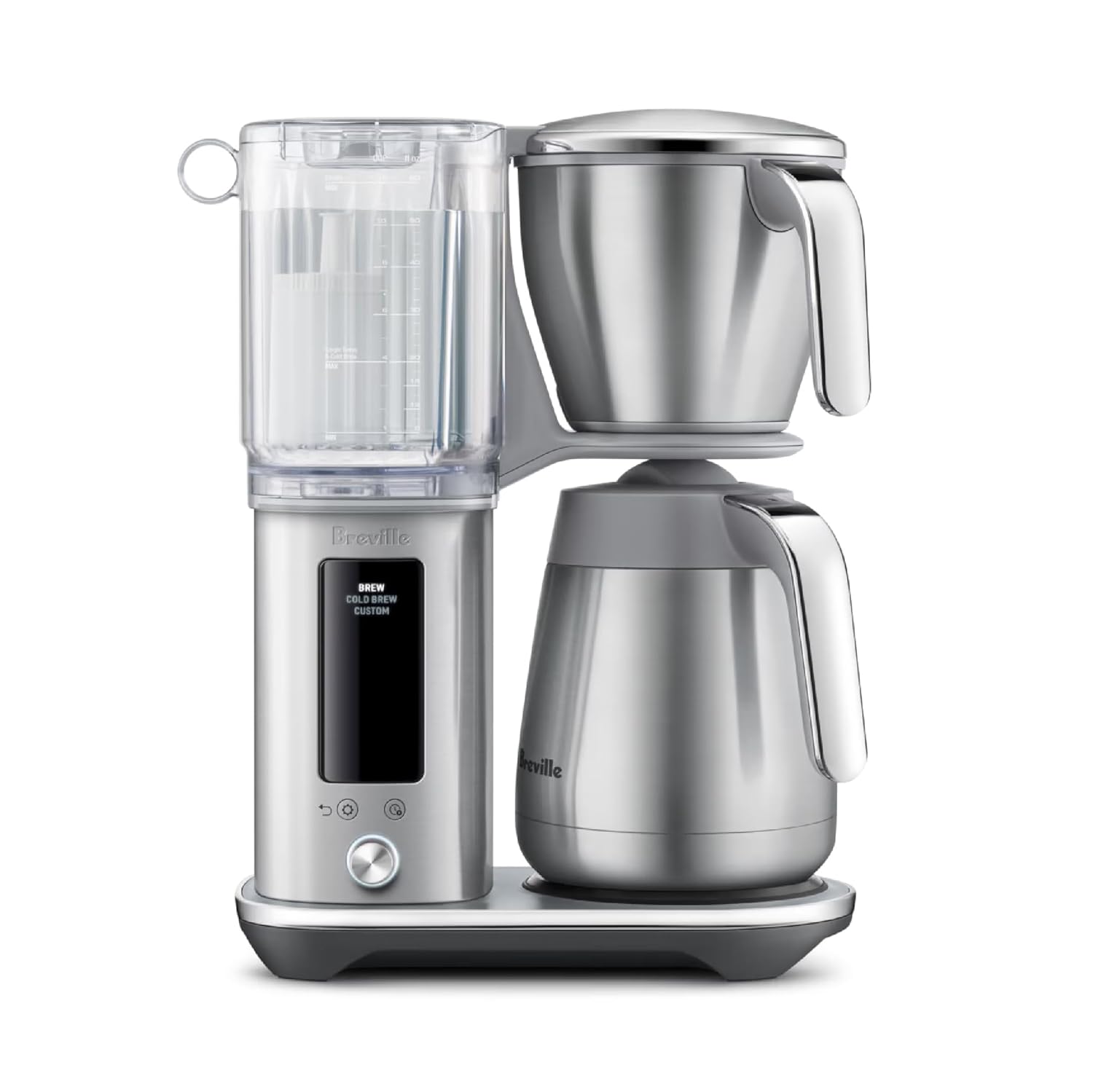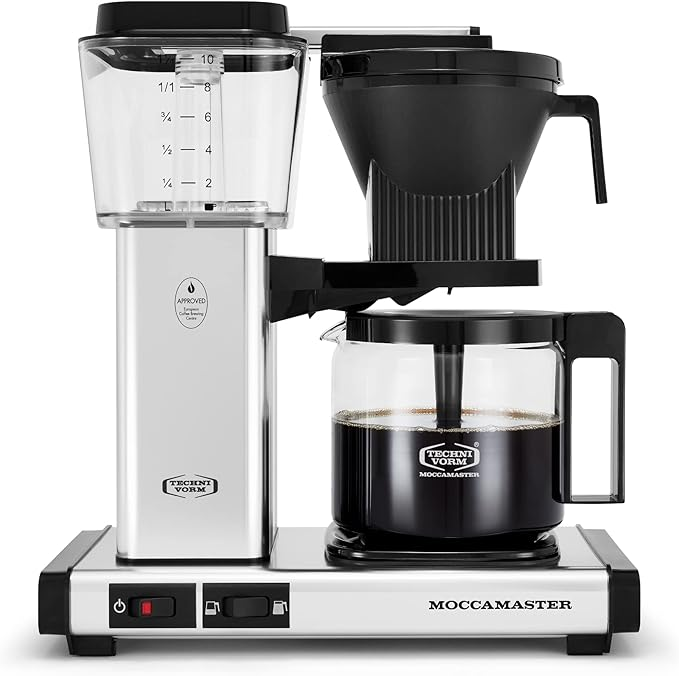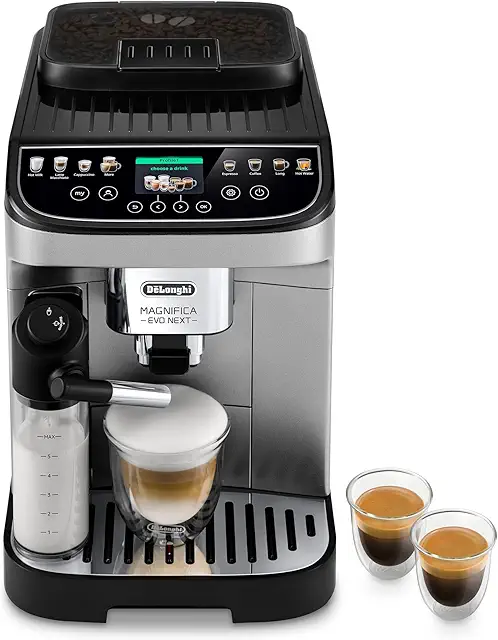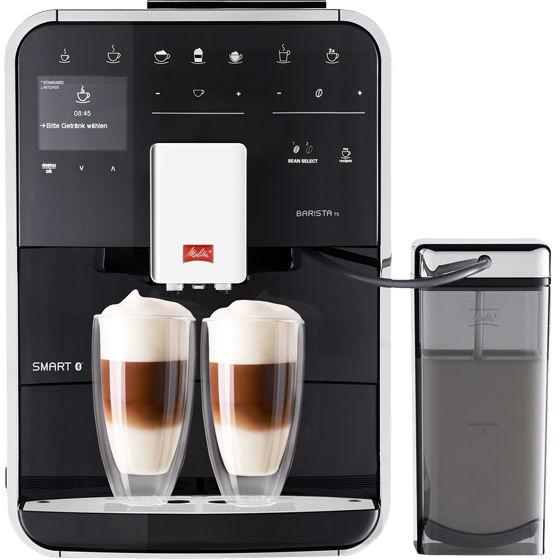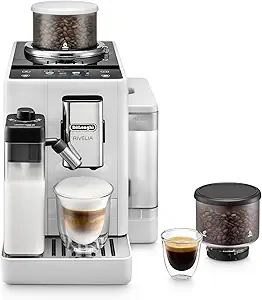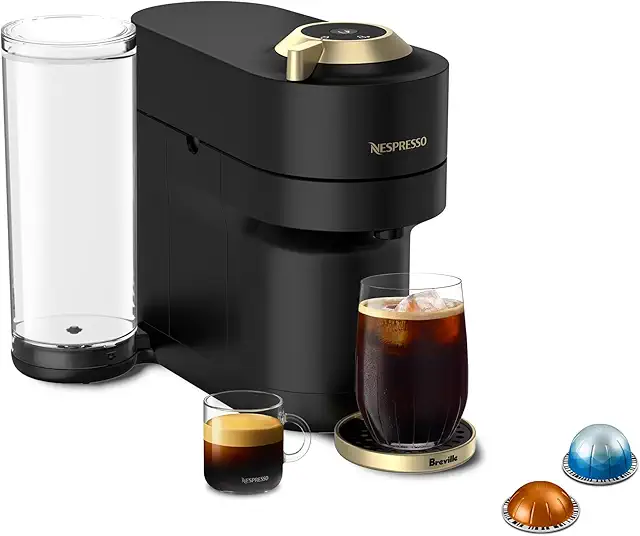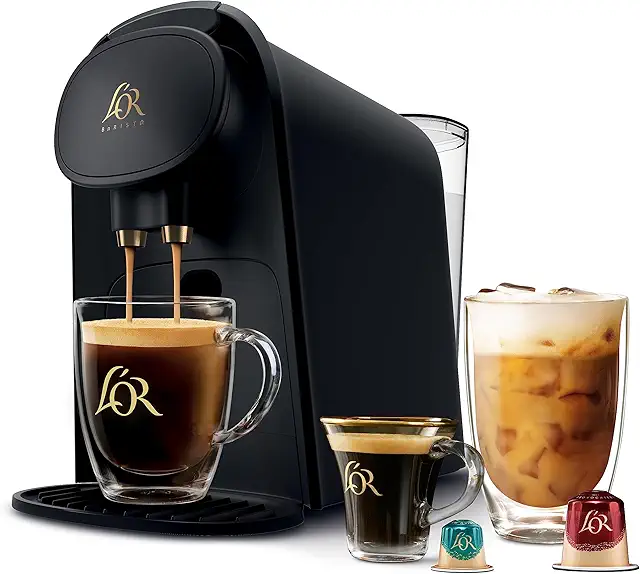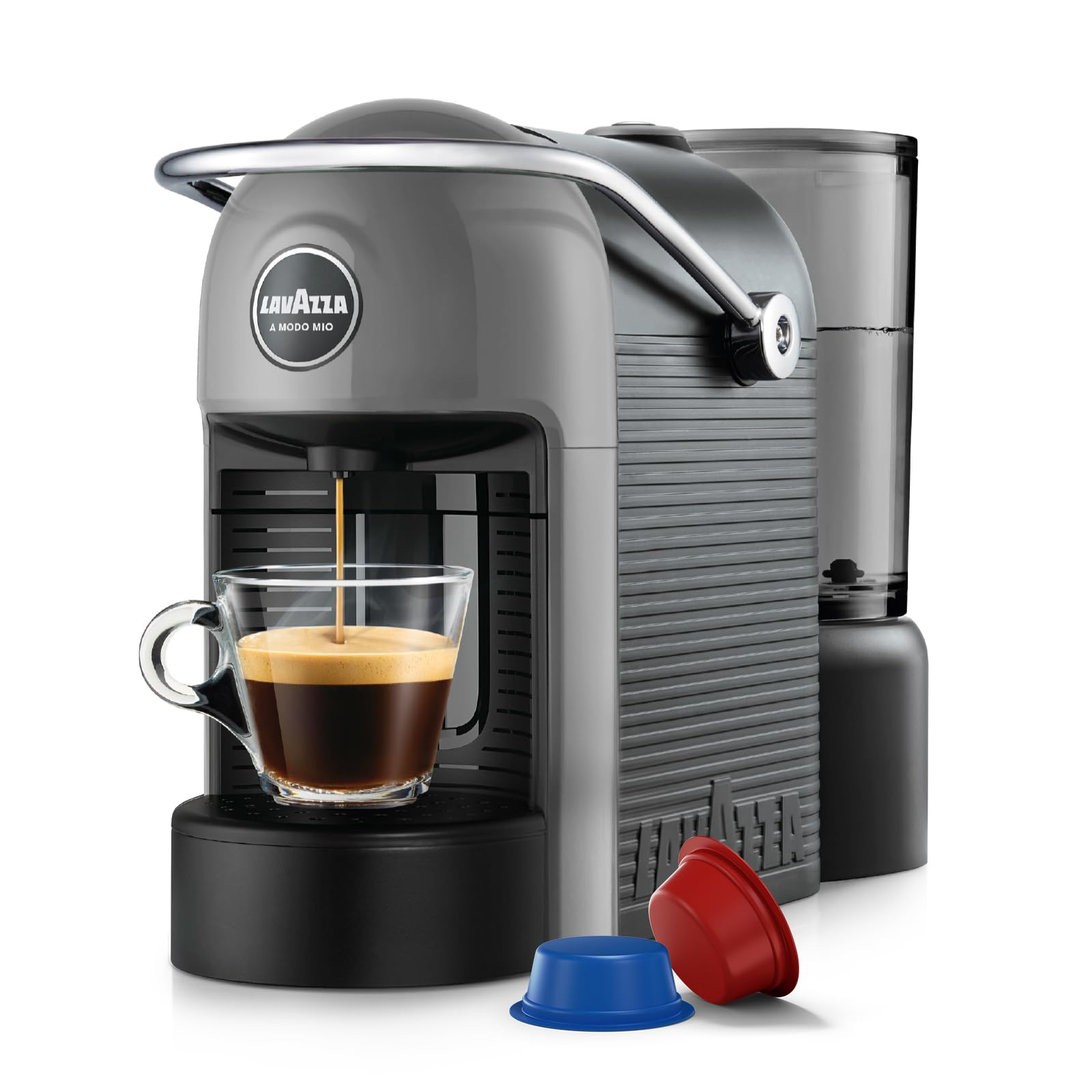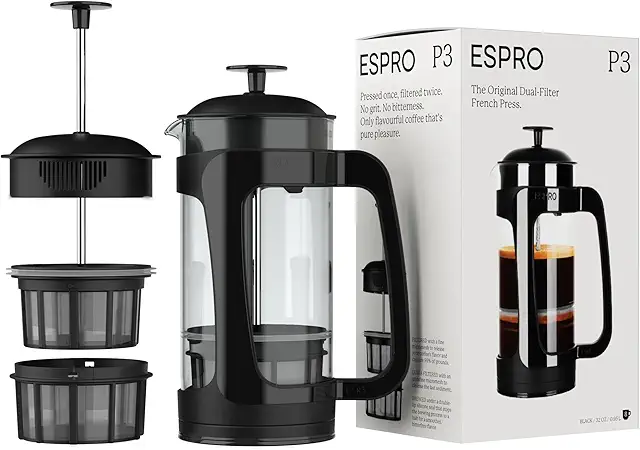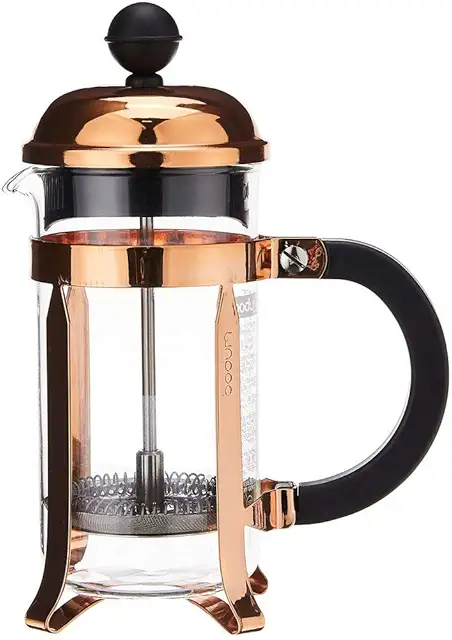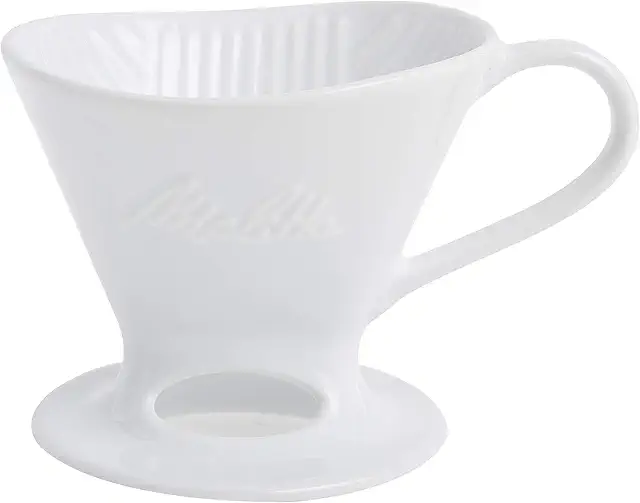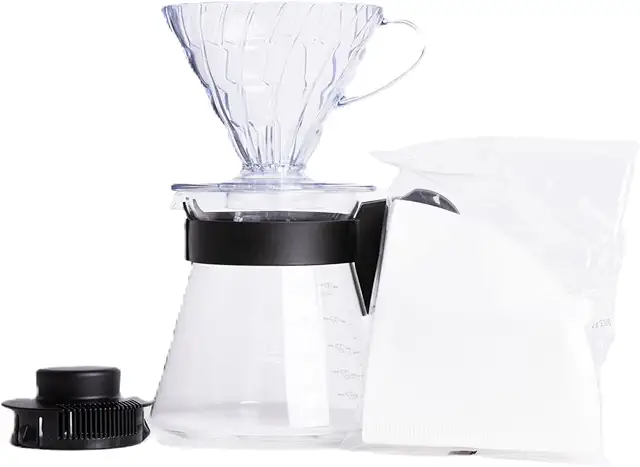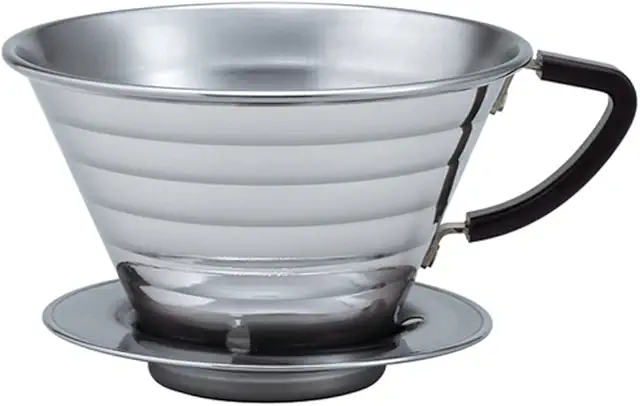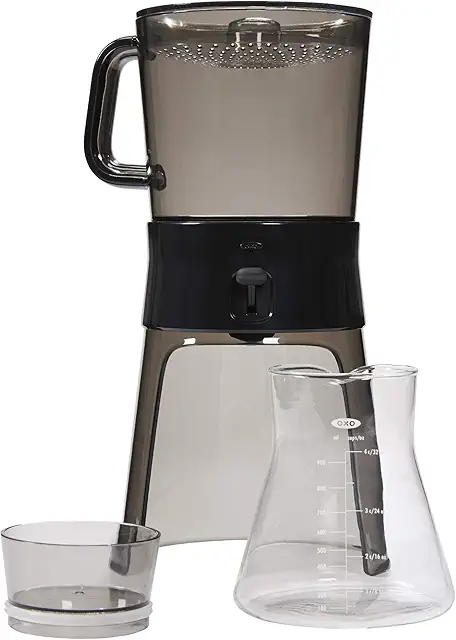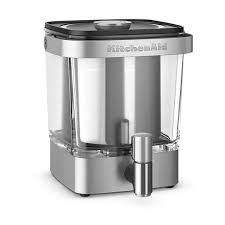Best at Home Coffee Makers: Your Ultimate 2025 Buying Guide
Why a Great Home Coffee Maker Matters
If you’re hunting for the best at home coffee maker in 2025, you're in the right place — and probably holding a half-empty mug. Whether you’re a sleepy-eyed drip devotee, a weekend pour-over perfectionist, or just want something that doesn’t taste like sadness, this guide has you covered.
We’ve all been there—burnt-tasting drip coffee, watery espresso, or machines that break after six months. With café prices soaring and home brewing tech improving every year, now is the best time to invest in a reliable, stylish, and high-performing coffee maker for your home.
But with so many models out there—single-serve pods, French presses, espresso machines, smart brewers—how do you choose?
This guide breaks it all down. Whether you're a casual morning sipper or a coffee snob chasing third-wave perfection, there’s a machine built for you.
Coffee isn't just a beverage—it's a ritual, a pause, a wake-up call, and sometimes, your best excuse to get out of bed. For millions of people, that first cup defines the mood of the day. But what most don’t realize is that the machine you use to brew it makes a huge difference—in taste, time, cost, health, and sustainability.
1. Flavor Starts at the Machine
You can buy the best beans in the world and still end up with a bitter, flat, or sour brew if your coffee maker doesn’t extract them properly. The best machines:
- Maintain optimal water temperature (195–205°F) for full flavor extraction
- Distribute water evenly through the grounds
- Support adjustable brew times and strengths
In contrast, cheap or outdated machines often overheat water, under-extract coffee, or leave grounds unevenly saturated, leading to a cup that’s far less than what your beans are capable of.
2. Saves Money Long-Term
Think about it:
If you're spending $4–$6 per day on coffee, that adds up to over $1,000–$2,000 a year—per person. A high-quality home coffee machine pays for itself in a matter of months, especially when you buy beans in bulk or grind your own.
Even more impressive: many mid-range machines now deliver coffee and espresso that's genuinely café-quality, without the tipping, the drive, or the wait.
3. A Healthier Way to Brew
Many low-cost brewers use plastic components that come into direct contact with hot water—some of which can leach chemicals like BPA, BPS, or PFAS. Over time, these compounds may impact hormone function, immune health, or fertility.
Investing in a non-toxic coffee maker—with stainless steel, borosilicate glass, or BPA-free certified plastics—gives you peace of mind that your daily ritual isn’t coming with side effects.
Even the choice between thermal vs. hot plate carafes can impact your health and taste. Hot plates “cook” your coffee over time, producing bitterness and potentially altering its chemical profile. Thermal carafes avoid this completely.
4. More Sustainable Brewing
Single-use pods, disposable filters, and cheap machines that break within a year create huge environmental waste. A well-built coffee maker:
- Lasts longer (often 5–10 years or more)
- Uses reusable filters or eco-friendly pods
- Helps reduce your carbon footprint over time
And if you opt for a manual method like a French press or pour-over, you eliminate power usage entirely.
5. Improves Your Daily Routine
A great home coffee maker isn't just about the coffee—it’s about how it fits into your day. Whether you’re:
- Setting a programmable timer to wake up to fresh coffee
- Dialing in espresso shots like a pro
- Hosting guests with a full 12-cup brew
- Making iced lattes on a hot afternoon
…the right machine supports your routine, saves time, and removes the daily hassle of last-minute coffee runs or inconsistent cups.
It’s one less thing to stress about, and one more part of your day you can enjoy.
6. It Becomes Part of Your Home's Personality
Coffee makers now come in beautiful, kitchen-worthy designs—think Scandinavian wood accents, retro chrome finishes, or sleek smart displays. The right model doesn’t just make great coffee; it becomes a centerpiece on your counter, showing off your style and elevating your space.
Brands like Ratio, Technivorm, and Breville are merging function with design, so you no longer have to hide your machine when guests come over—it becomes something worth talking about.
In Short…
A great home coffee maker:
- Brews better-tasting coffee
- Saves you money every month
- Protects your health and the environment
- Enhances your daily rhythm
- Adds value and style to your home
It’s not just about convenience—it’s about making something as routine as coffee genuinely satisfying.
Overview of the main types of coffee makers
Each with their own strengths, ideal users, and trade-offs. This should help you better understand which machine type suits your preferences, lifestyle, and brewing style in 2025:
1. Espresso Machines
These brew concentrated shots of coffee by forcing hot water through finely ground coffee at high pressure.
Types of espresso machines:
- Manual – Full control over tamping, pressure, and timing. Ideal for coffee enthusiasts who enjoy the craft.
- Semi-Automatic – Automates water pressure but still requires tamping and timing. Balances convenience and skill.
- Automatic & Super-Automatic – Grind, tamp, brew, and even froth milk automatically. Ideal for speed and consistency.
Best for:
- Strong, barista-style espresso drinks (lattes, cappuccinos, etc.)
- Those who love experimenting or perfecting technique
Considerations:
- Higher price point
- Steeper learning curve (except super-automatic)
Popular in 2025:
2. Drip Coffee Makers / Filter Coffee Machines
These brew coffee by dripping hot water over a basket of ground coffee, collected into a carafe.
Best for:
- Brewing larger batches (4–12 cups)
- Easy morning routines
- Minimal involvement
Considerations:
- Less customization
- Not ideal for espresso lovers
Popular in 2025:
3. Bean-to-Cup Coffee Machines (Fully Automatic)
These machines grind whole beans and brew at the touch of a button. Some also steam milk or make cold brews.
Best for:
- One-touch convenience
- Fresh-tasting coffee with minimal effort
- Homes with multiple coffee drinkers
Considerations:
- Higher upfront cost
- Slightly bulkier
- Cleaning/maintenance required
Popular in 2025:
4. Capsule / Pod Machines
Use pre-filled pods or capsules to make coffee or espresso. Quick and tidy.
Best for:
- Speed and simplicity
- Small kitchens or offices
- Minimal cleanup
Considerations:
- Pods can be expensive
- Limited bean selection/customization
- Less eco-friendly (depending on brand)
Popular in 2025:
5. French Press (Cafetière)
Brews by steeping coarsely ground coffee in hot water, then pressing with a plunger.
Best for:
- Full-bodied coffee with rich oils
- Low-tech, power-free brewing
- Budget-friendly and travel-friendly
Considerations:
- No paper filter = more sediment
- Requires manual timing and cleaning
Popular in 2025:
6. Pour-Over Coffee Makers
Hot water is manually poured over coffee grounds in a filter cone or dripper.
Best for:
- High control over flavor and strength
- Low cost and easy storage
- Artisanal brewing experience
Considerations:
- Slower process
- Skill and consistency required
Popular in 2025:
7. Cold Brew Coffee Makers
Use cold water and long steeping times (8–24 hours) to make smooth, low-acid coffee concentrate.
Best for:
- Smooth, sweet flavor with less bitterness
- Summer iced drinks or concentrate storage
- No heat or electricity needed
Considerations:
- Long brew time
- Not ideal for quick fixes
Popular in 2025:
Quick overview:
| Type | Best For | Example Brands |
|---|---|---|
| Drip Coffee Maker | Everyday, hands-off brewing | OXO, Breville, Technivorm |
| Espresso Machine | Rich, concentrated shots | Breville, DeLonghi, La Marzocco |
| French Press | Bold, oil-rich coffee | Espro, Bodum, Frieling |
| Pour-Over | Clean, bright flavors | Chemex, Hario, Kalita |
| Pod Machine | Speed & simplicity | Nespresso, Keurig |
| Cold Brew Maker | Smooth, low-acid brews | OXO, Takeya, Hario |
| Hybrid/Smart Brewer | Multiple styles & smart features | Ninja, Spinn, Ratio |
Editor’s Picks for 2025
Best Overall Coffee Maker: OXO Brew 8-Cup Coffee Maker
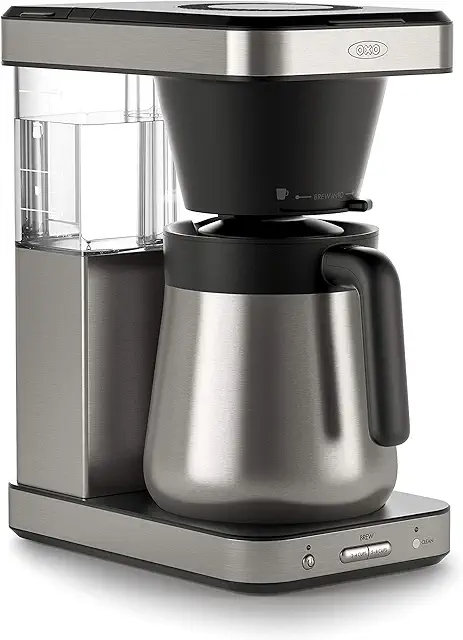
- Type: Drip
- Why We Love It:
- Specialty Coffee Association (SCA) certified
- Thermal carafe keeps coffee hot without burning
- Simple interface, even bloom cycle for great taste
- Who It’s For: Everyday drinkers who want quality without complexity
- Price: ~$170
Best for Espresso Lovers: Breville Barista Express Impress
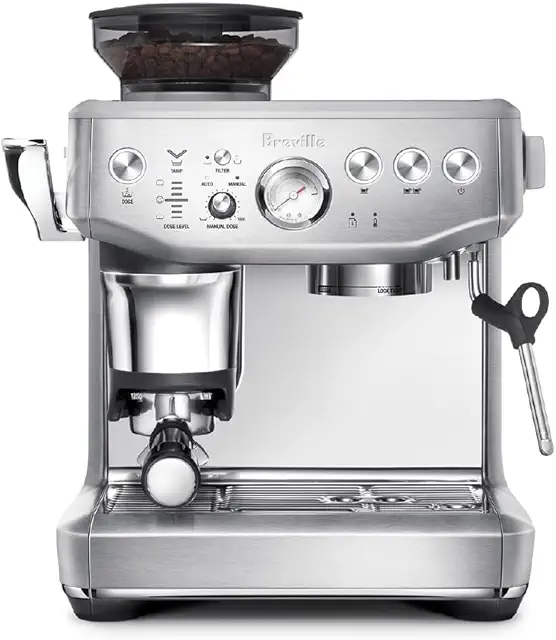
- Type: Semi-automatic Espresso
- Why We Love It:
- Built-in grinder and tamper
- Manual shot control + automatic dosing
- Café-quality results at home
- Who It’s For: Latte artists and espresso fans who want total control
- Price: ~$750
Best Single-Serve: Nespresso Vertuo Next
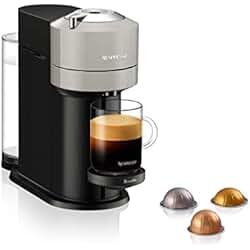
- Type: Pod-based Espresso & Coffee
- Why We Love It:
- One-touch brewing for coffee, espresso, and lattes
- Rich crema, minimal cleanup
- Variety of pod options (but some waste unless you recycle)
- Who It’s For: Busy households, solo drinkers
- Price: ~$125
Best Non-Toxic: Technivorm Moccamaster KBGV
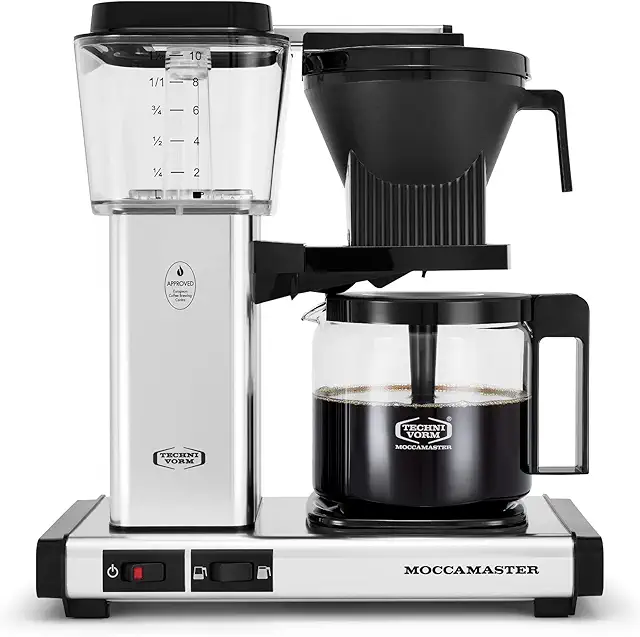
- Type: Drip
- Why We Love It:
- Handmade in the Netherlands
- Copper heating element, BPA-free
- Golden Cup standard in 6 minutes
- Who It’s For: Health-conscious sippers who care about material safety
- Price: ~$304
Best for Travel or Small Spaces: AeroPress Go / Premium
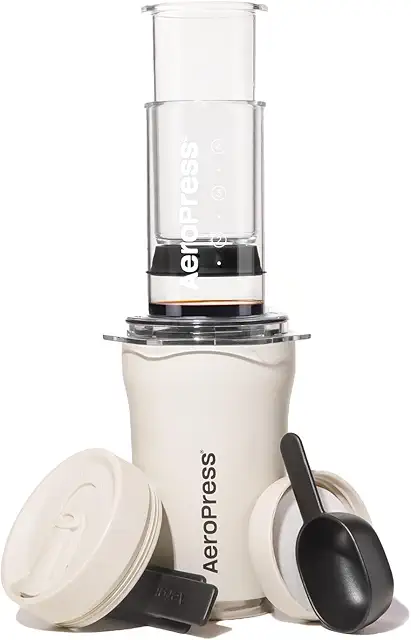
- Type: Manual, pressure-based
- Why We Love It:
- Compact, lightweight, fast
- Makes espresso-style coffee
- BPA-free, dishwasher safe
- Who It’s For: Travelers, minimalists, students
- Price: ~$40–$89
Best Budget Coffee Maker: Mr. Coffee 5-Cup Mini Brewer

- Type: Basic Drip
- Why We Love It:
- Super affordable
- Compact size
- Easy one-button operation
- Who It’s For: Budget-conscious buyers or dorm rooms
- Price: ~$35
What to Look For in a Great Coffee Maker
Whether you're eyeing a high-end espresso machine, a simple drip brewer, or something in between, the best coffee maker for you will depend on how you drink your coffee, your available space, and how hands-on you want to be.
| If You Prefer... | Look For... |
|---|---|
| Strong, rich espresso | Espresso machines or pod espresso makers |
| Classic drip or batch brew | Drip/filter coffee makers |
| Specialty drinks (latte, cappuccino) | Machines with steam wands or milk frothers |
| Cold coffee or concentrate | Cold brew systems or dual-temp machines |
| Variety + convenience | Bean-to-cup or pod/capsule systems |
Ease of Use
How much effort do you want to put into making your coffee?
- Beginner-friendly: Machines with one-touch brewing, clear buttons, or auto programs (e.g., Nespresso, De’Longhi Magnifica).
- Barista-style control: Models with manual tamping, grind settings, and steam wands (e.g., Sage Bambino Plus).
- Smart tech integration: Look for app connectivity, presets, or smart scheduling (common in newer bean-to-cup machines).
Pro Tip: Look for a user-friendly interface, removable water reservoir, and labeled controls.
Brewing Speed
Do you want instant results or a slow, ritual-like brew?
- Fastest options: Pod machines (30–60 sec), espresso machines (1–2 min), luxe thermal brewers (~3–5 min).
- Slower options: Pour-over, French press, cold brew (hours)
Best for busy mornings: Breville Luxe Brewer, Nespresso Vertuo, De’Longhi La Specialista
Size and Capacity
Match your machine to your space and household coffee demand.
- Single-serve: Ideal for solo drinkers or limited counter space
- Multi-cup (4–12 cups): Better for families or shared spaces
- Compact footprint: Consider vertical designs or machines that store tools internally
Key Specs to Check:
- Water tank size (in oz or liters)
- Cup height clearance
- Machine dimensions (esp. if fitting under cabinets)
Grinder Type (if applicable)
If your machine includes a grinder (bean-to-cup or high-end espresso):
- Burr grinders (best): Provide consistent grind size and flavor
- Blade grinders (budget): Less precise, can affect taste
Adjustable grind size is essential for espresso or French press brewing.
Milk Frothing Capability
Do you make lattes, cappuccinos, or flat whites?
- Built-in steam wand: Found on espresso and semi-auto machines; allows hands-on milk texturing
- Automatic milk frothers: Found on super-automatics and pod machines; easier but less customizable
- No frother: Skip this if you drink black coffee
Top machines with excellent milk systems: Sage Oracle Jet, De’Longhi La Specialista Touch, Jura E8
Temperature and Pressure Control
Key for espresso and advanced brewers.
- PID temperature control: Ensures stable water temp (important for flavor)
- 9-bar pressure pump or higher: Needed for real espresso extraction
- Pre-infusion: Gently wets grounds before brewing to enhance extraction
Look for “SCA-certified” machines for reliability and optimal brewing temp (195–205°F / 90–96°C).
Maintenance & Cleaning
A good machine should be easy to clean—daily and long-term.
- Removable parts: Water tank, drip tray, brew basket, milk system
- Auto-cleaning cycles: Especially helpful for espresso and bean-to-cup models
- Descaling reminders: Protect the machine and preserve flavor
Look for dishwasher-safe parts and clear maintenance alerts.
Build Quality and Materials
Durability and safety matter.
- Non-toxic, BPA-free plastics
- Stainless steel or aluminum housing
- Glass or thermal carafe (vs plastic)
Brands like Technivorm, Breville, and Jura score high on construction.
Smart Features & Connectivity
Modern machines may offer:
- App-based brewing (via Bluetooth/Wi-Fi)
- Scheduling brew times
- Coffee strength/milk settings saved as profiles
- Voice assistant integration (Alexa, Google)
Found in 2025 models like Melitta Barista TS Smart and De’Longhi Rivelia
Sustainability & Eco-Friendliness
- Energy-saving modes
- Recyclable pods or reusable filters
- Low-plastic design
- Repairable parts / long-term support
Look for certifications or brands committed to sustainable manufacturing (e.g., Moccamaster, Lavazza, Jura).
Summary Checklist: Must-Have Features
| Feature | Why It Matters | Must-Have? |
|---|---|---|
| Brew type compatibility | Match your favorite coffee style | ✅ |
| Consistent brew temperature | For best taste extraction | ✅ |
| Grinder quality | Key for freshness and espresso | 👍 |
| Easy cleaning system | Saves time and extends machine life | ✅ |
| Milk frother (if needed) | For lattes and cappuccinos | Optional |
| Adjustable settings | Custom strength, size, temp | ✅ |
| Smart scheduling | Brew on your schedule | Optional |
Maintenance Tips to Keep Your Coffee Maker Running Like New
1. Daily Cleaning Rituals
Light, daily upkeep goes a long way — and keeps your coffee tasting fresh.
What to do:
- Empty the drip tray and rinse it out
- Discard used coffee grounds or pods immediately (to prevent mold or odor)
- Rinse brew baskets, portafilters, or filter cones
- Wipe down the exterior (especially under the spouts or steam wands)
- Run a water-only brew cycle (drip or pod machines) to flush residual oils and grounds
Why it matters: Prevents buildup of coffee oils, bacteria, and stale flavors.
2. Weekly or Bi-Weekly Cleaning
Depending on how often you brew, you should perform a deeper clean at least once a week.
Key steps:
- Soak and scrub removable parts (brew basket, water reservoir, carafe)
- Backflush espresso machines with cleaning powder (if applicable)
- Clean milk system – Use a dedicated milk line cleaner for machines with frothers
- Wipe grinder hopper and chute (bean-to-cup machines)
Tip: Use soft brushes or non-abrasive sponges to avoid scratching components.
3. Descaling (Monthly to Quarterly)
Descaling removes mineral buildup (like limescale) from internal pipes, boilers, and heating elements — a top cause of slow brewing and flavor issues.
When to descale:
- Every 1–3 months for average use
- More often if you have hard water or no water filter
- When your machine alerts you, slows down, or coffee tastes off
How to descale:
- Use manufacturer-recommended descaling solution
- Or use a 1:1 mix of white vinegar and water (only if the manual allows it)
- Run descaling cycles as per your machine’s instructions
- Always follow with a fresh water rinse cycle (2–3x)
Tip: Some high-end models (Jura, De’Longhi, Breville) have auto-descaling programs.
4. Milk System Cleaning (Daily or After Each Use)
Milk frothing parts can be a breeding ground for bacteria and dried milk residue — especially internal milk lines or steam wands.
What to do:
- Purge the steam wand after each use
- Use a milk line cleaner weekly for automatic systems
- Disassemble and soak milk parts in warm soapy water
- Use a cleaning brush for nozzles and fine holes
Tip: Machines like the Sage Oracle or Jura E8 have auto-rinse milk cycles.
5. Grinder Maintenance
If your machine has a built-in grinder or you use a standalone one, clean it regularly to prevent oil buildup and clogs.
How:
- Remove the hopper and brush out leftover grounds
- Wipe burrs with a dry brush or microfiber cloth
- Use grinder cleaning tablets occasionally (e.g., Urnex Grindz)
Never use water on burrs unless specified by the manufacturer.
6. Replace or Clean Filters
If your machine uses water or coffee filters, make sure you replace them on schedule:
| Filter Type | Replacement Frequency |
|---|---|
| Water filter (charcoal, resin) | Every 2–3 months |
| Coffee filters (paper) | One-time use only |
| Metal filters (mesh) | Rinse after each use |
Using filtered water also reduces scaling and improves taste.
7. Check for Wear & Tear
Regularly inspect parts like:
- Gaskets & seals (especially in espresso machines)
- O-rings, hoses, and valves in automatic brewers
- Power cords, control knobs, and display panels
Replace parts if they show cracking, leaks, or discoloration. Many manufacturers sell replacement kits.
8. Keep a Maintenance Schedule
Tracking cleaning and descaling helps you stay ahead of problems.
Try:
- A fridge magnet or calendar reminder
- Built-in apps (some smart machines log usage)
- Maintenance logs (especially for high-end machines)
- Or download this printable pdf with maintenance schedule organized by task frequency, with checkboxes for tracking. You can print it and stick on your fridge, coffee station, or binder for easy reference (download here).
9. Use the Right Cleaning Products
| Need | Product Example |
|---|---|
| Descaling | De’Longhi EcoDecalk, Urnex Dezcal |
| Milk system cleaning | Jura Milk Cleaner, Rinza |
| Grinder cleaning | Urnex Grindz tablets |
| Brew unit cleaning | Cafiza powder, cleaning tablets |
Avoid dish soap on internal parts — it can leave residue or affect taste.
Summary: Maintenance Must-Do Checklist
| Task | Frequency | Tools Needed |
|---|---|---|
| Rinse brew parts | Daily | Warm water, soft sponge |
| Wipe machine exterior | Daily | Microfiber cloth |
| Clean milk system | After each use | Milk cleaner, sponge, brush |
| Descale internal system | Monthly–Quarterly | Descaling solution, rinse cycles |
| Clean grinder | Monthly | Burr brush, grinder tablets |
| Replace water filter | Every 2–3 months | Manufacturer filter |
| Backflush espresso machine | Weekly | Cleaning powder/tablets |
Choose Your Brew, Choose Your Experience
Coffee making isn’t one-size-fits-all. The machine you choose and the style you brew influence more than just flavor — they shape how you wake up, how you unwind, and how you connect with others.
Whether you’re a no-nonsense caffeine seeker, a weekend ritualist, or an aspiring home barista, your brew method reflects your vibe.
Let’s explore what each brewing style feels like — so you can choose not just a machine, but an experience.
1.Drip Coffee: Classic, Reliable, Comforting
Experience:
Set it and forget it. Your coffee is ready before your second yawn. Drip brewers are the backbone of household routines — perfect for families, sharers, and anyone who wants a dependable, no-fuss brew.
You’ll love it if:
You want simplicity, consistency, and a hot carafe to return to throughout the morning.
Try:
Breville Luxe Brewer, OXO 8-Cup, Moccamaster
2. Espresso: Intense, Precise, Rewarding
Experience:
Espresso is a craft. From grinding beans to tamping to pulling that perfect shot, it’s a dance of precision and sensory reward. Espresso lovers enjoy control, depth, and ritual — and the chance to master their morning routine.
You’ll love it if:
You enjoy making things with your hands, experimenting with variables, and savoring complex flavor.
Try:
Sage Barista Touch Impress, Gaggia Classic Evo, De’Longhi La Specialista
3.Pod/Capsule: Quick, Clean, Convenient
Experience:
Push a button, walk away. These machines offer speed and consistency with zero mess. It’s the kind of coffee that’s always there when you need it — with minimal cleanup or commitment.
You’ll love it if:
You’re always on the go, love variety, or want barista-style drinks with zero learning curve.
Try:
Nespresso Vertuo Pop, L’OR Barista Sublime, Lavazza Jolie Evo
4.French Press: Calm, Bold, Grounded
Experience:
Scoop. Pour. Steep. Press. The French press invites you to slow down and be present. With no filters or electronics, it produces a bold, full-bodied brew — rich with oils and texture.
You’ll love it if:
You appreciate a slow morning and like your coffee robust and earthy.
Try:
Espro P7, Bodum Chambord
5.Pour-Over: Focused, Pure, Meditative
Experience:
Making pour-over is a quiet form of art. You control every variable — temperature, flow, bloom. The result is a clean, crisp cup with delicate flavor notes. It's ideal for those who love a hands-on, mindful process.
You’ll love it if:
You enjoy slowing down, dialing in details, and exploring flavor profiles.
Try:
Hario V60, Kalita Wave, Melitta Porcelain Dripper
6. Cold Brew: Smooth, Subtle, Refreshing
Experience:
Cold brew is the long game of coffee — steeped overnight, chilled, and ready when you are. Its smooth, low-acid profile is easygoing and perfect for warm mornings or iced lattes.
You’ll love it if:
You prep ahead, love iced coffee, or prefer mellow flavors without bitterness.
Try:
OXO Cold Brew Maker, Hario Mizudashi, Filtron
7.Bean-to-Cup: Smart, Seamless, Satisfying
Experience:
This is coffee reimagined by technology — grind, brew, froth, and clean at the push of a button. It’s the ultimate luxury of convenience, for those who want café-level drinks at home, with zero barista training.
You’ll love it if:
You want top-tier freshness with minimal effort — and love personalization.
Try:
De’Longhi Rivelia, Melitta Barista TS Smart, Jura E8
Which Experience Speaks to You?
| Style | Personality Traits | Ideal Brew Type |
|---|---|---|
| Efficient & busy | Fast, reliable, low-maintenance | Pod, drip, bean-to-cup |
| Creative & curious | Experimental, detail-oriented | Espresso, pour-over |
| Relaxed & thoughtful | Ritual-driven, mindful | French press, cold brew |
| Social & hospitable | Makes coffee for others | Drip, bean-to-cup |
| Trendy & tech-savvy | Wants smart features & variety | Bean-to-cup, pod |
Coffee isn't just a beverage — it's a reflection of how you live, think, and recharge.
So when choosing your next machine, think not just about flavor, but about how you want to feel each morning.
